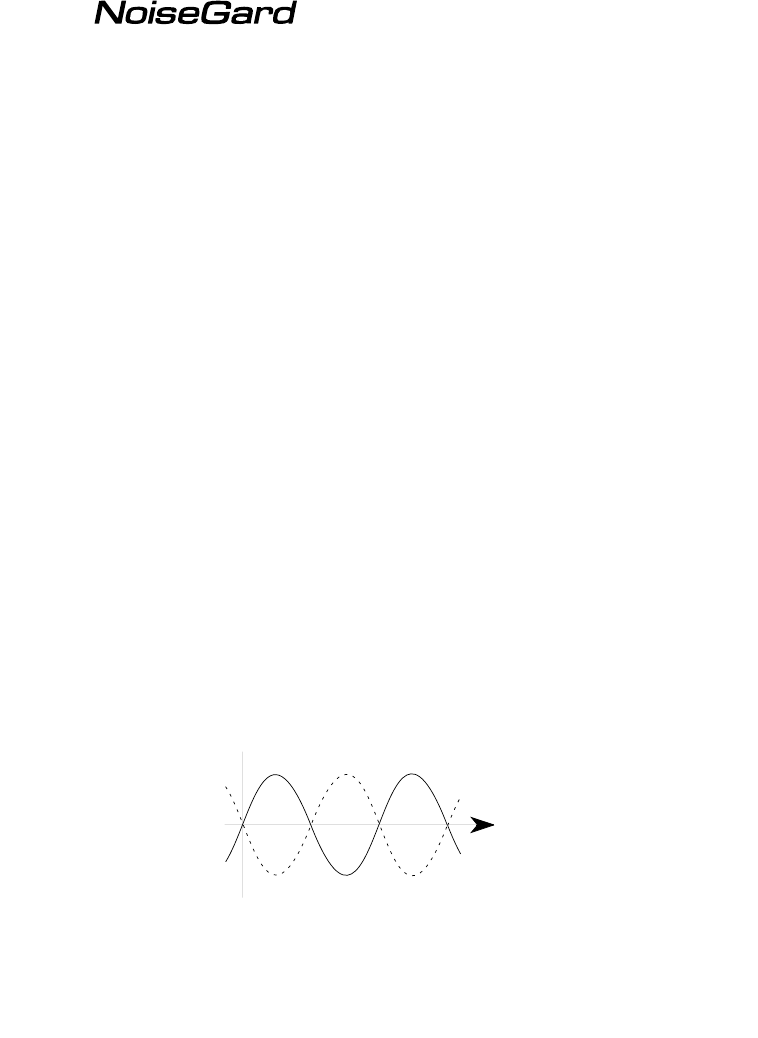
12
A
One of the greatest stress factors nowadays is environmental noise. Investigations have
revealed that noise affects the nervous system, causing e.g. weariness, lack of concentration,
nervousness, and irritability. In addition, continuous noise exposure is potentially ear-
damaging.
This problem concerns pilots in particular. Cockpit noise amounts to about 80 dB (A) in
jets and to 90 up to 97 dB (A) in turboprops. During takeoff and landing, the noise level
is even higher. To be able to understand radio traffic in spite of the noisy environment,
the ATC signal level must be set to at least 95 dB (A). Permanent hearing loss caused by
the continuous noise in aircrafts is the reason why many pilots became prematurely
disabled and pilots lost their pilot´s license.
Circumaural communication headsets provide noise attenuating properties and are
commonly used to address this problem. However, the noise attenuation of these headsets
is uneven. High frequencies are reduced considerably, but low frequency wind and engine
noise, the most prominent noise in many of today's aircrafts, is attenuated very little.
In response to these problems, Sennheiser electronic has developed an active noise
compensation system which, combined with a high-quality passive ear defender, provides
consistent noise attenuation over the entire audio range. The overall noise level is reduced
so that the radio volume can be turned down but enough noise still remains for the pilot
to safely monitor the aircraft engines.
Active noise compensation is achieved by generating a signal identical in sound pressure
level but exactly reversed in phase to the noise signal, the effect being that the out-of-phase
signal cancels most of the noise signal.
THE
PRINCIPLE


















